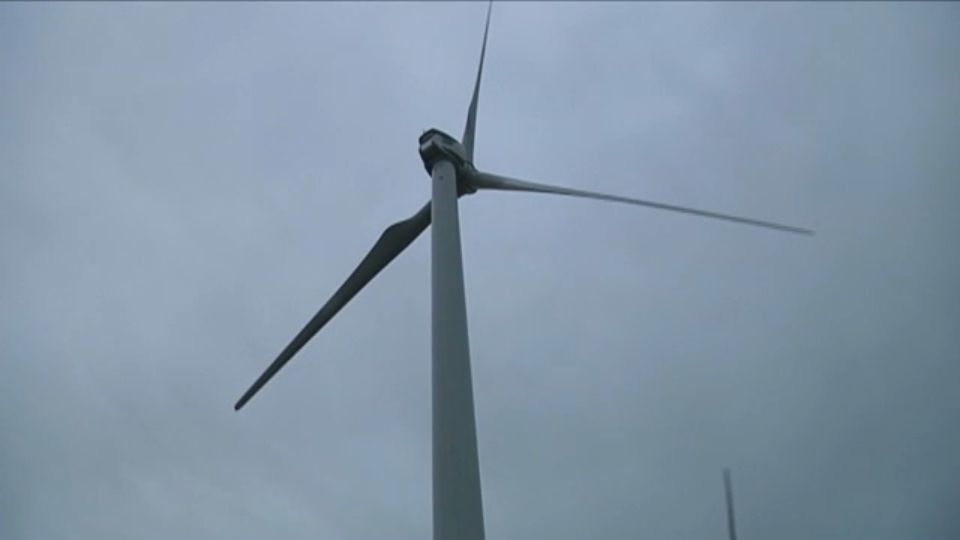Get outside and enjoy the fall color while you can: strong winds will likely strip many of the trees in the coming weeks.
As we transition from the warm season to the cold season, a number of things start to change in the upper atmosphere across the Northern Hemisphere. These changes directly impact what happens with the weather at the ground where you and I live.
A ribbon of strong winds thousands of feet above the surface, also known as the jet stream, is one of the most important factors in the atmosphere. The jet stream carries storm systems from west to east across the country and also helps generate wind.
During the summer months, this jet stream lifts north into Canada and results in light winds aloft across much of the U.S. With little wind aloft, this often leads to calm days with very little wind at the surface.
During the winter, the jet stream shifts south and as a result, winds aloft increase substantially. In fact, jet stream winds can exceed 100 mph at times during the cold season! Sometimes these strong winds can mix down to the surface resulting in very strong and gusty conditions.
Another major factor in generating wind is the pressure gradient force, which is the difference in pressure between a high and a low. The stronger the high pressure and the stronger the low pressure and the closer they are together, the stronger the winds.
When looking at a weather map like the one below, the white lines are known as isobars (lines of equal pressure). The closer these lines are together, the stronger the winds.
Any cold front passing through or other surface feature can also serve to kick up the wind during the fall and winter months.
In short, that's why you'll often typically see those stronger winds during the fall and winter as opposed to summer.



